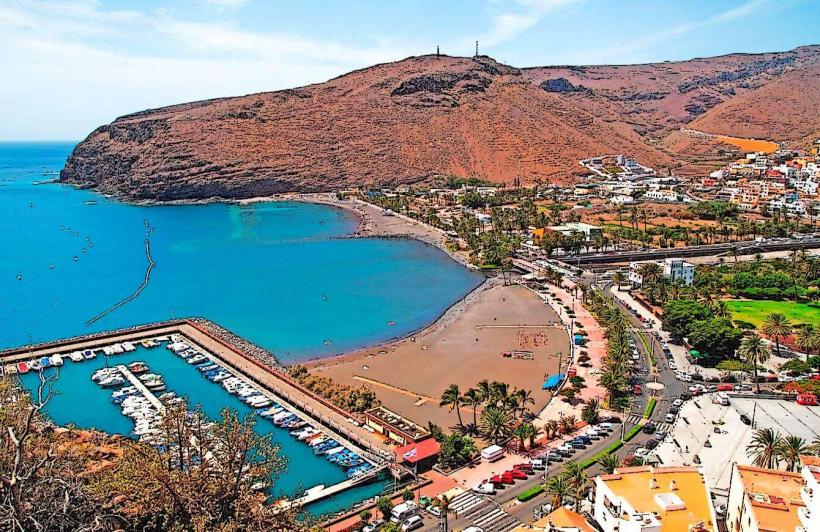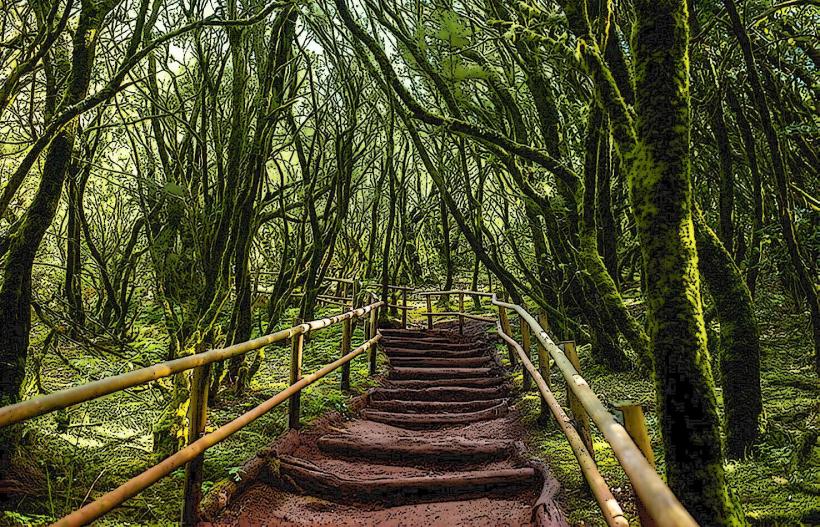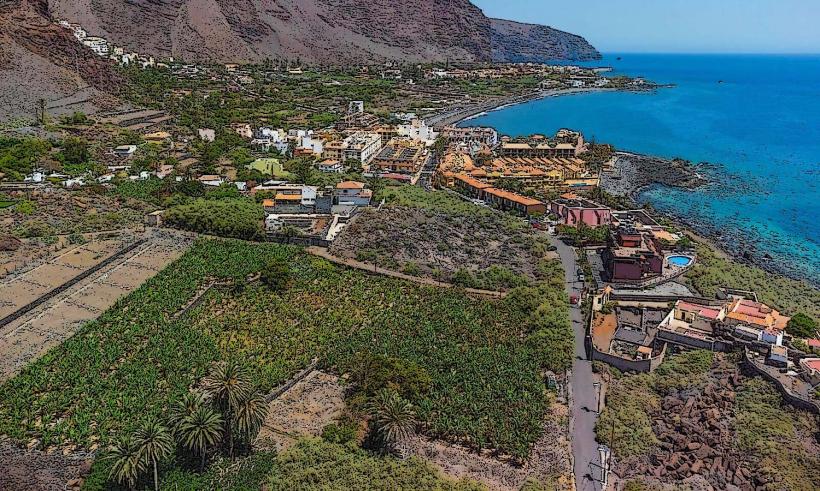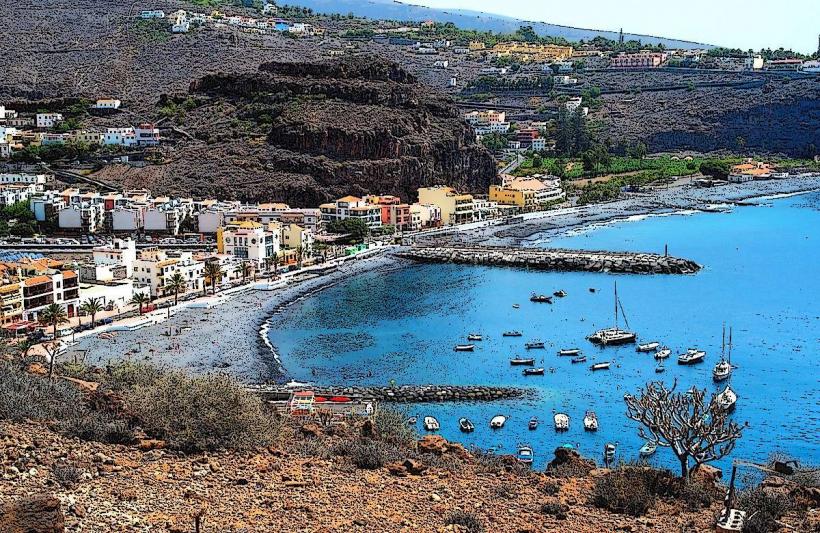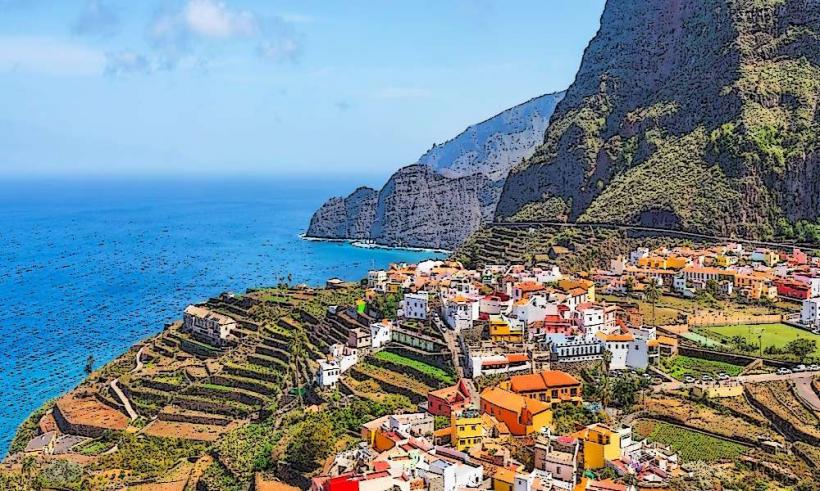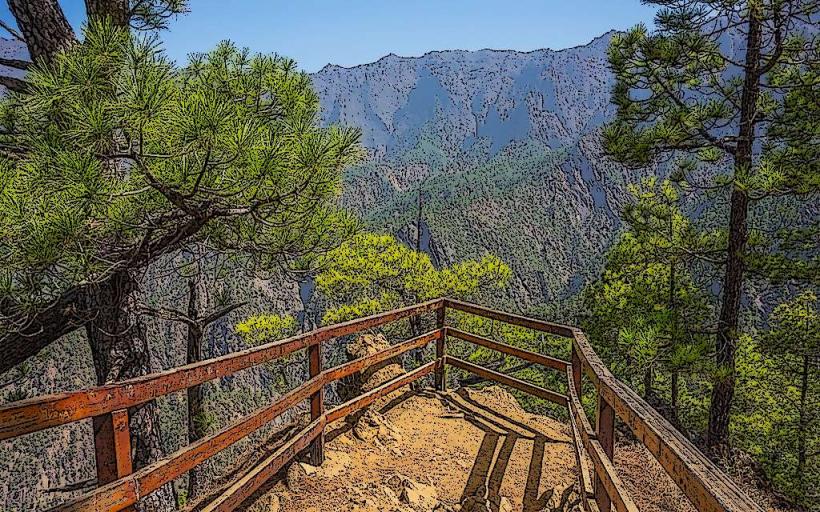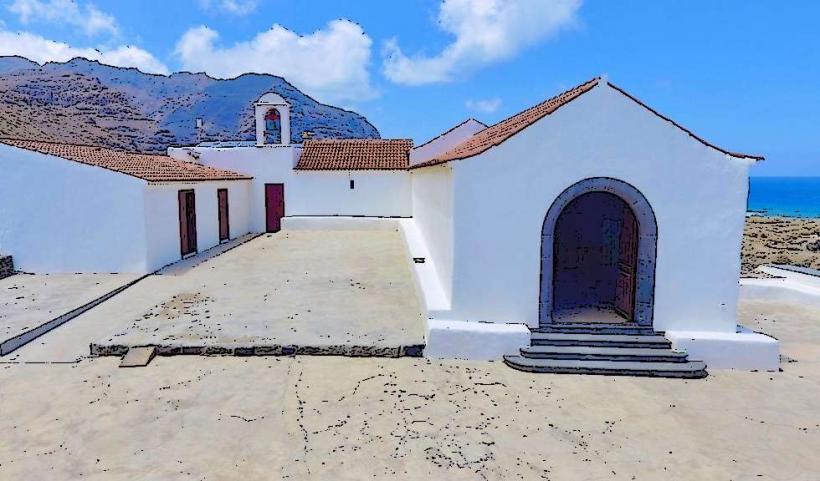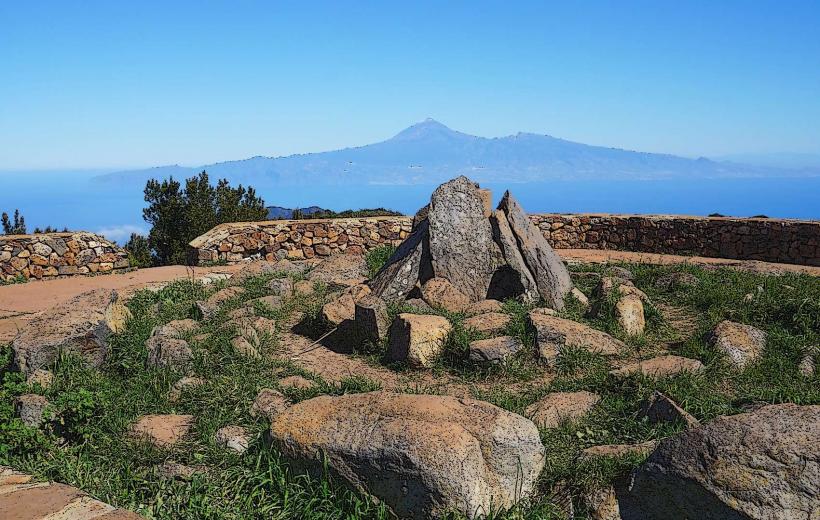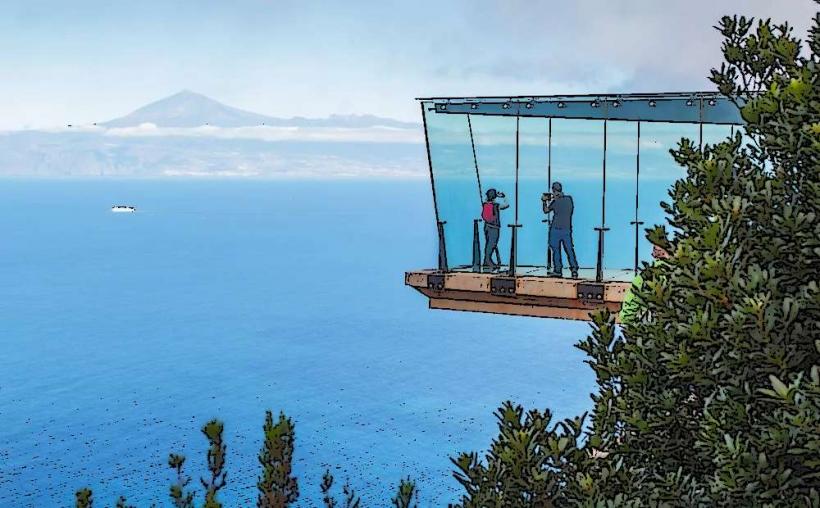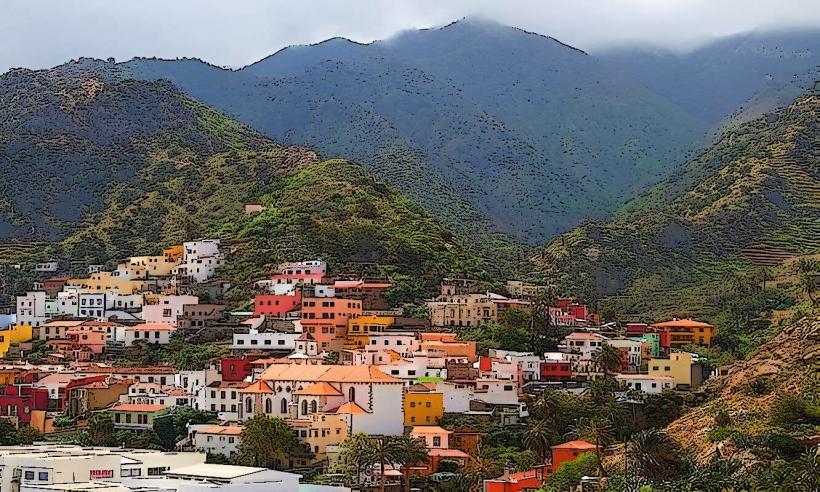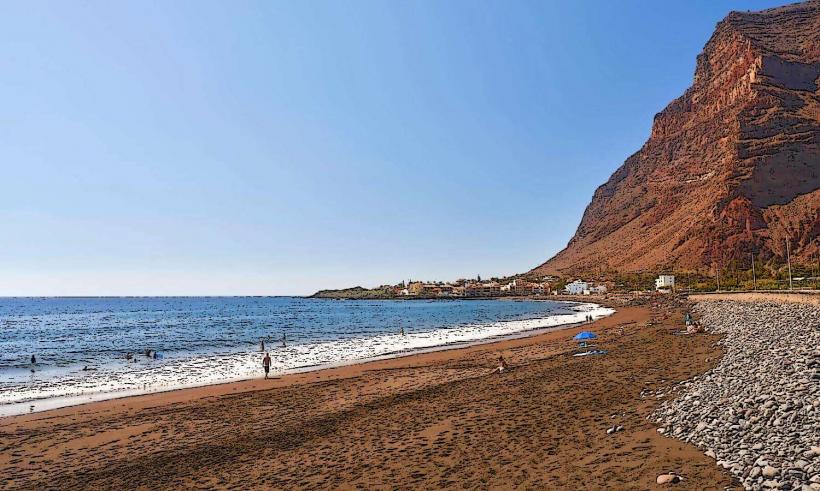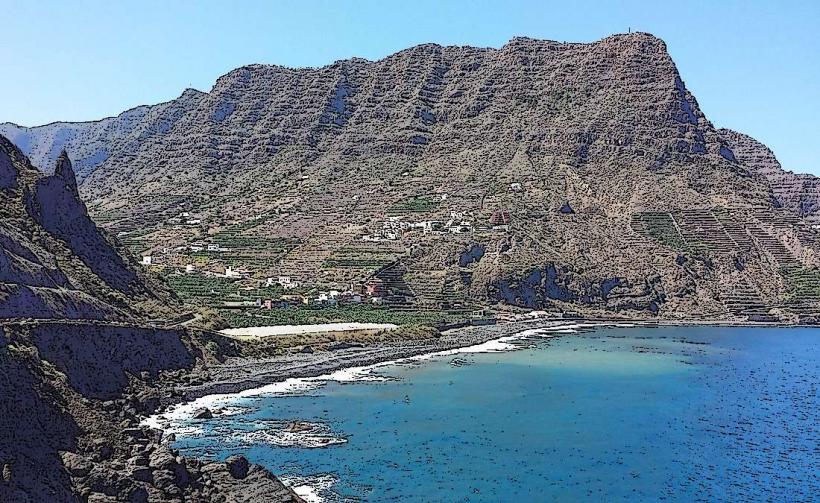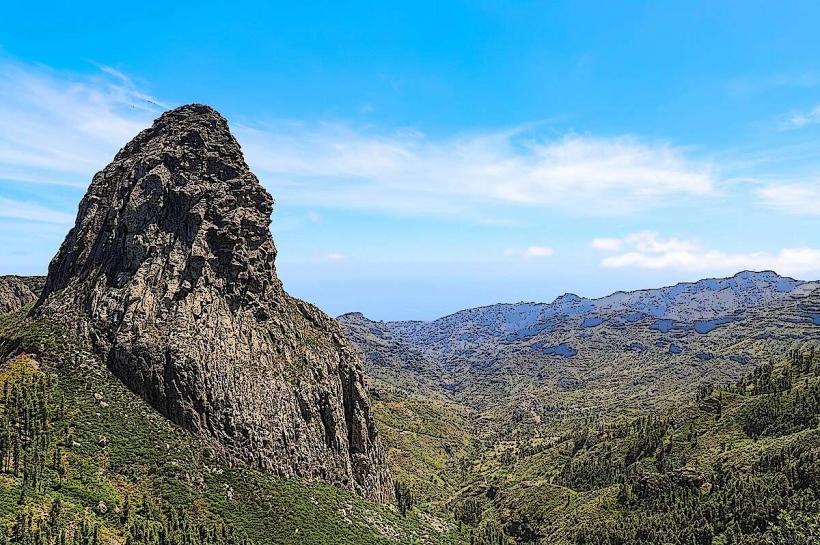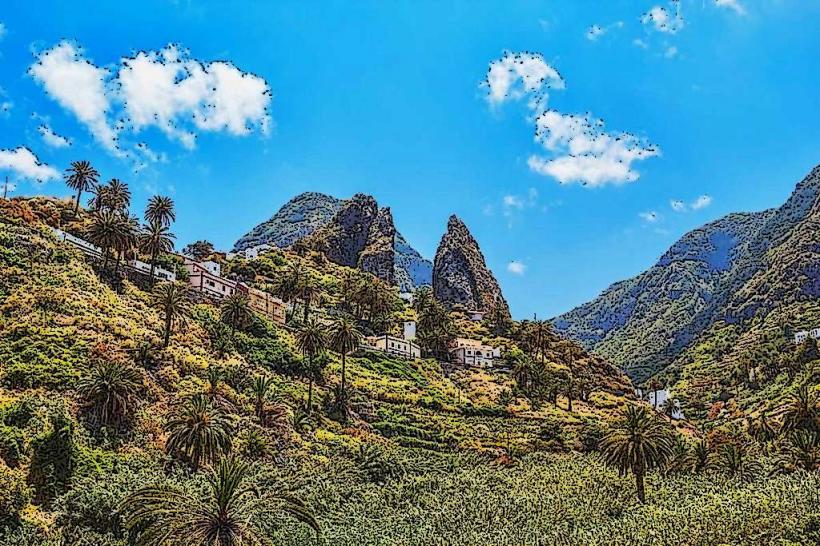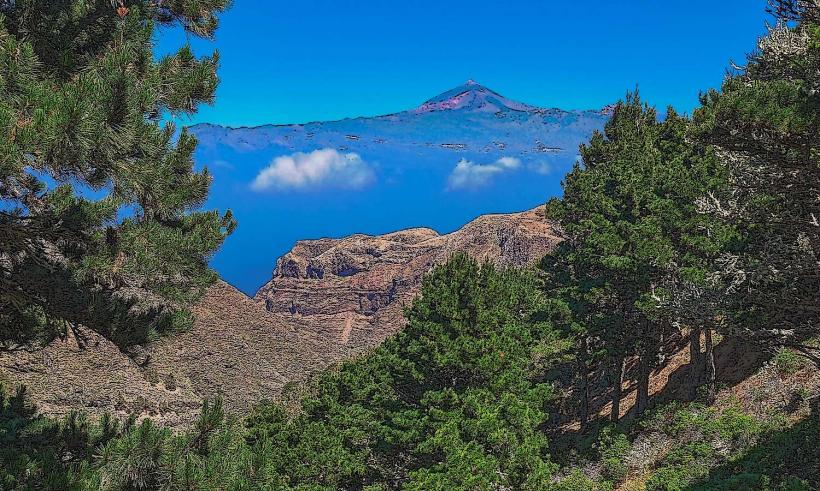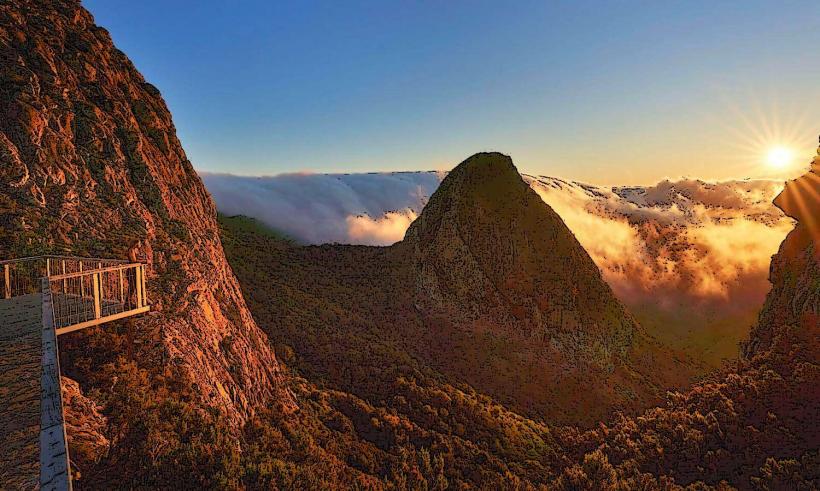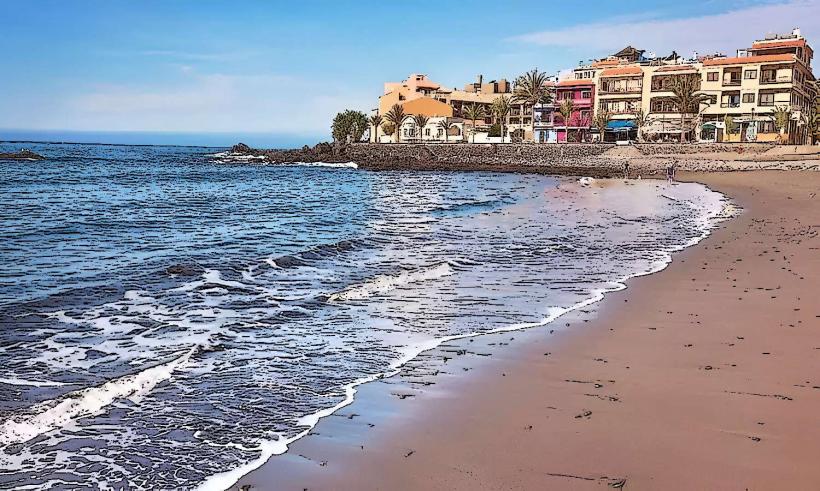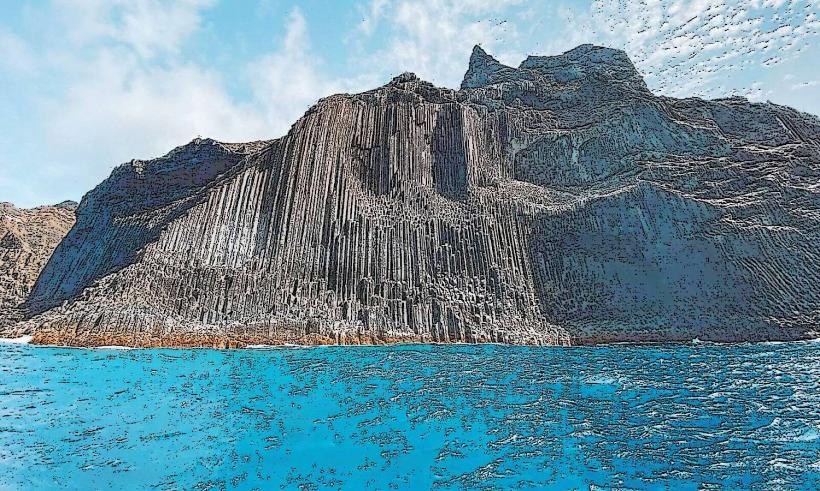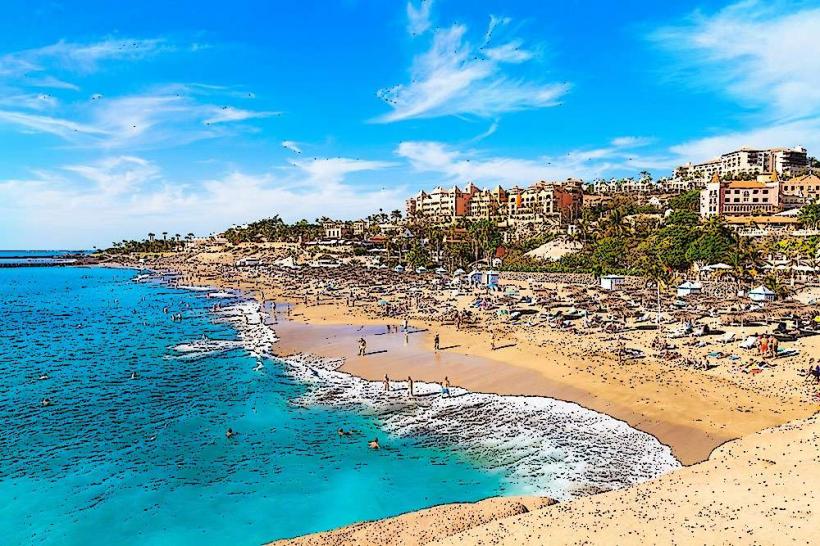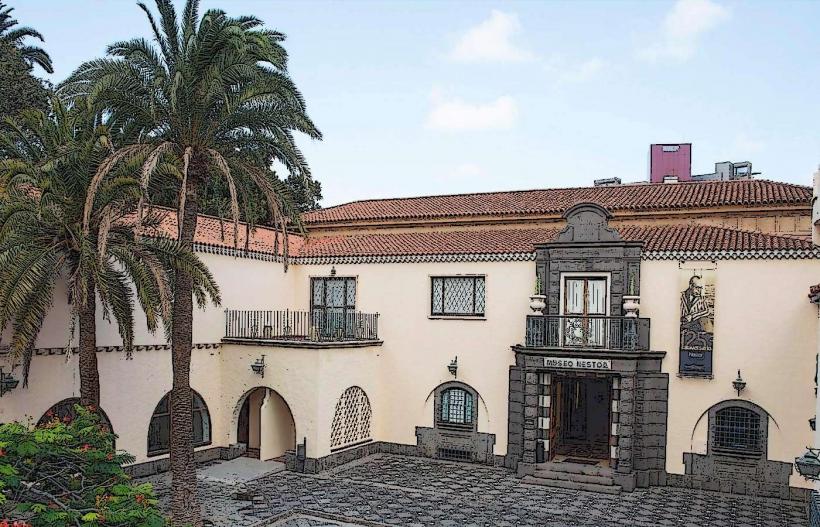Information
Landmark: El Cedro ForestCity: La Gomera
Country: Canary Islands
Continent: Europe
El Cedro Forest is one of the most remarkable natural attractions on the island of La Gomera, located within Garajonay National Park. This ancient forest is a UNESCO World Heritage site and is considered one of the last remaining laurel forests in the world. El Cedro is known for its dense, mist-covered trees, biodiversity, and ethereal beauty, making it a popular destination for hikers, nature lovers, and anyone seeking to experience the island's unique natural heritage.
Key Features of El Cedro Forest:
1. Geographical Setting and Natural Features
- Location: El Cedro is located in the northeastern part of La Gomera, nestled within the Garajonay National Park, which is known for its rich biodiversity and ancient laurel forests. The forest is located at an altitude of around 800-1,200 meters (2,600-3,900 feet) above sea level, creating a cool, humid environment ideal for the growth of laurel trees and other endemic species.
- Laurel Forest: El Cedro is a part of the laurel forest, a type of subtropical forest that was once widespread throughout the Mediterranean region but is now confined to only a few isolated areas, including La Gomera. The forest is characterized by its dense vegetation, twisting laurel trees, and moss-covered rocks, which thrive in the humid, misty climate created by the island's altitude and microclimates.
- Misty Atmosphere: The area is frequently shrouded in mist, especially during the early mornings or after rain. This creates an almost magical, otherworldly atmosphere, as the mist weaves through the trees, adding to the forest's mystique.
2. Flora and Fauna
- Endemic Plants: El Cedro is home to many endemic species of plants, many of which are found only on La Gomera. In addition to the laurel trees, the forest is also populated by Canary Island pine trees, heather, ferns, and other species that thrive in the moist, shaded environment.
- Wildlife: The forest provides a habitat for a variety of wildlife, including several endemic species of birds, such as the laurel pigeon and the Canary Island chaffinch. Other animals include reptiles like the Canary Island lizard and a variety of insects. Birdwatching is a popular activity in El Cedro, as the forest is an important location for the island’s unique avian species.
- Moss and Lichens: The constant humidity in El Cedro leads to an abundance of moss and lichens, which give the forest a lush, green appearance. These organisms thrive in the shaded, moist conditions and are a hallmark of the laurel forest ecosystem.
3. Hiking and Trails
- Hiking Trails: El Cedro Forest is crisscrossed by a network of hiking trails that allow visitors to explore the beauty of the area. These trails offer different levels of difficulty, from easy walks to more challenging hikes, and take visitors through some of the most scenic parts of the forest.
- Sendero de El Cedro: One of the most popular hiking routes is the Sendero de El Cedro (El Cedro Trail), a moderate hike that takes visitors through the heart of the forest, offering stunning views of the valley of El Cedro and the surrounding mountains. The trail is about 6 km (3.7 miles) long and takes around 2-3 hours to complete, depending on your pace.
- Circular Route: There is also a circular hiking route that connects El Cedro with other parts of Garajonay National Park, offering an extended hiking experience through the forest and the nearby Barranco de Guarimiar (Guarimiar Gorge).
- Diverse Terrain: The trails pass through a range of terrains, from shaded paths lined with trees and moss to rocky outcrops that offer panoramic views of the surrounding valleys and mountains. The terrain can be steep in some places, making it a good route for more experienced hikers.
4. Cultural and Historical Significance
- Historical Uses: The El Cedro area has been historically significant for the island's rural communities. The cedar trees (from which the forest gets its name) were once used for a variety of purposes, including the construction of houses and the crafting of tools. The forest was also used for farming and grazing by locals for centuries.
- El Cedro Village: Nearby is the small village of El Cedro, which is located on the edge of the forest. The village is home to a few houses and has a local restaurant where hikers can rest and enjoy traditional Canarian dishes. The village serves as a base for exploring the forest and its trails.
- Cultural Significance: El Cedro and its surroundings are important both culturally and spiritually to the people of La Gomera. The forest and its natural beauty have long inspired local myths and legends, adding to its significance in the island's folklore.
5. Tourism and Visitor Information
- Eco-Tourism: Due to its natural beauty and rich biodiversity, El Cedro has become a popular destination for eco-tourism. Visitors can enjoy hiking, birdwatching, photography, and simply experiencing the tranquil atmosphere of the ancient forest.
- Best Time to Visit: The best time to visit El Cedro is during the spring and autumn months, when the weather is cooler, and the forest is at its greenest. However, the forest’s misty atmosphere is present throughout the year, giving it a magical quality no matter the season.
- Guided Tours: For those interested in learning more about the forest’s flora, fauna, and history, there are guided tours available. Local guides can provide in-depth information about the ecosystem and the traditional uses of the plants and trees in the area.
6. Accessibility
- By Car: El Cedro is accessible by car from the main roads in La Gomera, particularly from the town of Agulo. The roads leading to the forest are winding and narrow but well-maintained. There are parking areas near the start of the trails.
- Public Transport: Public transport options to El Cedro are limited, but buses and taxis can provide access from the larger towns on the island. Renting a car is often the most convenient way to reach El Cedro and explore the surrounding areas.
Conclusion
El Cedro Forest is one of the most enchanting natural wonders of La Gomera, offering visitors the opportunity to experience an ancient laurel forest in its most pristine form. With its rich biodiversity, dense vegetation, and atmospheric mist, El Cedro provides a tranquil escape into nature. Whether you're a hiker, photographer, or nature lover, a visit to El Cedro is a must when exploring the island’s incredible natural beauty. The forest's combination of stunning landscapes, historical significance, and cultural richness makes it a truly special place on La Gomera.

